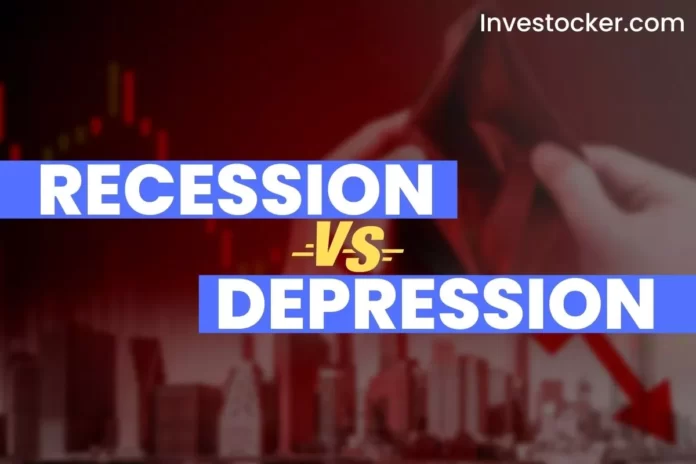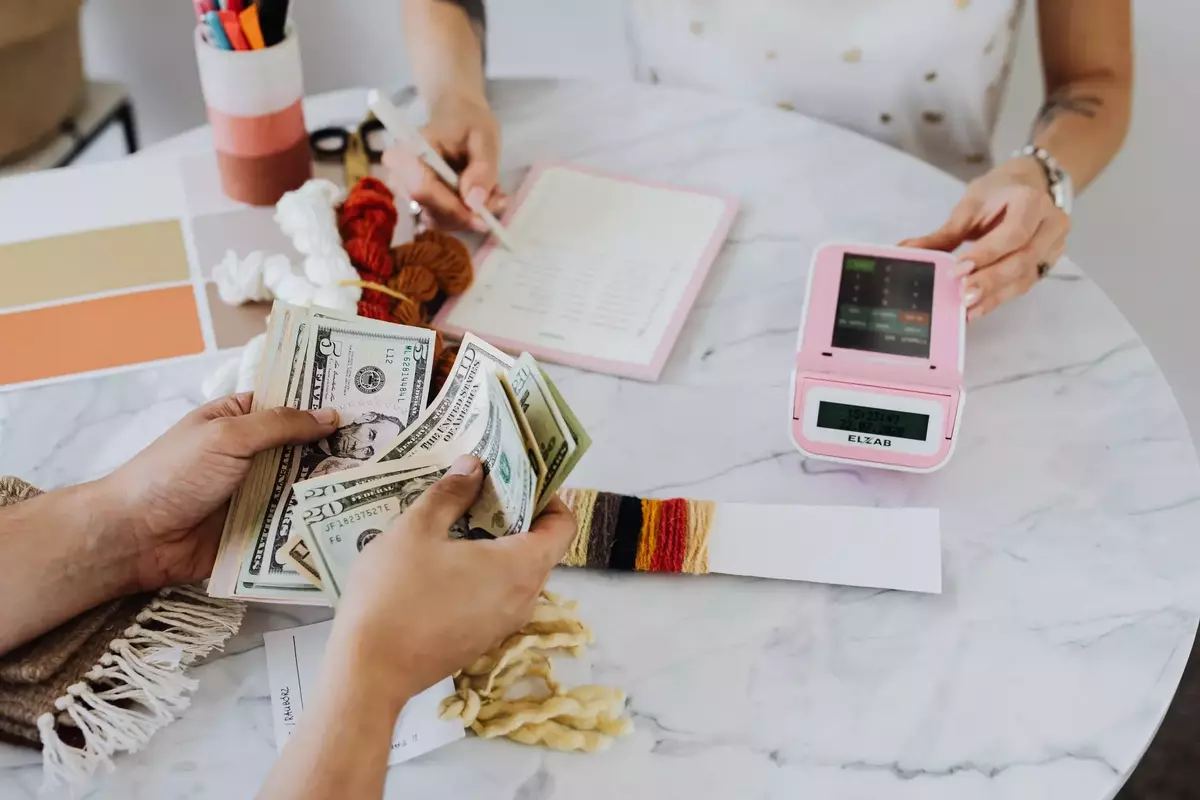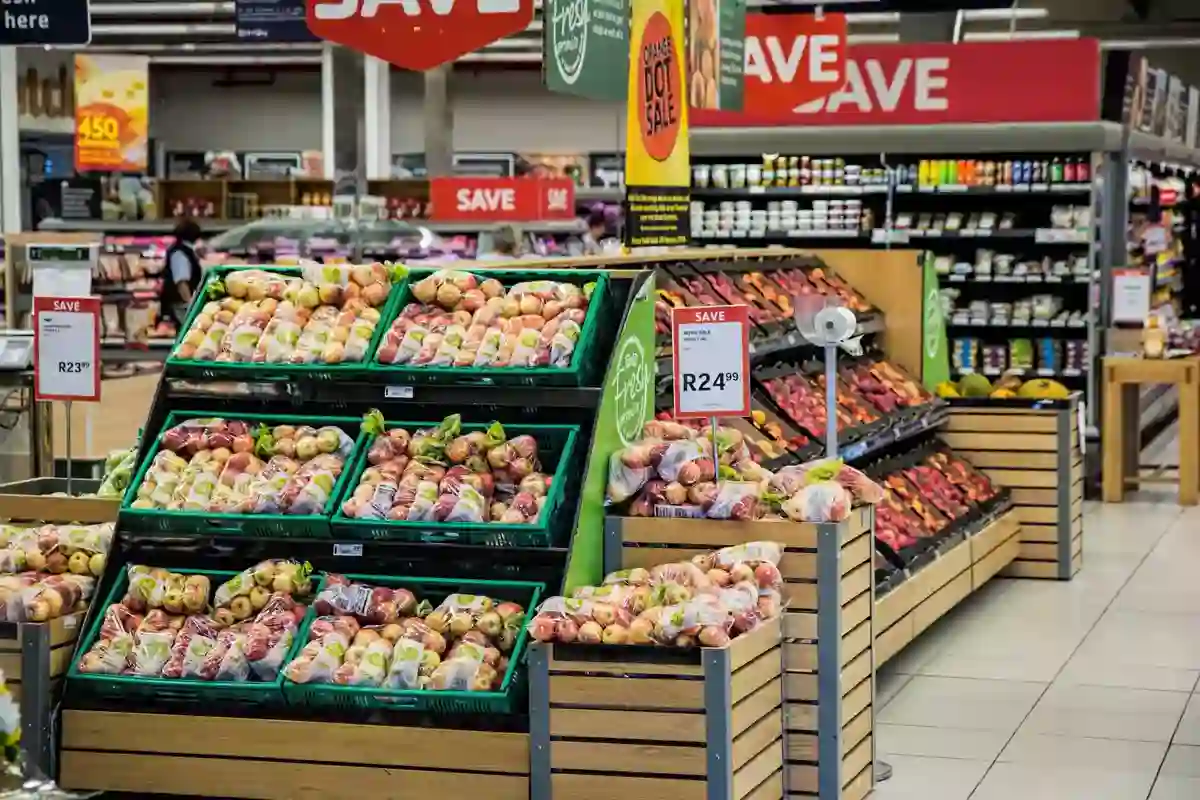Most finance experts agree that we’re currently amid a global recession.
And this is not the first time as there is usually a Recession, of one size or another, every 15 to 20 years. But are we headed for Depression too? And what exactly is Depression, or a Recession, for that matter? And what is the difference between the Depression and the Recession?
Right now, everyone is talking about the “Recession.” What does it mean, though? A Recession is usually thought of as a widespread drop in economic activity lasting more than a few months. We measure this by looking at the Gross Domestic Product, or GDP.
Also Read: 4 Actions to Pay Off Student Loans Faster (2022)
If the GDP drops for a second consecutive quarter of the year, that is when most consider the economy is in a Recession. But that’s not the only way a Recession can be measured.
Here are 5 Things that Constitute a Recession
#1 GDP
First, there is GDP, as we just mentioned. But what is a GDP? These are the goods and services produced in the country during a certain period. So, the value of all these goods and services is added up, giving us the GDP. When the GDP shrinks for two or more quarters, a Recession happens.
#2 Unemployment Rate
The second way to measure a Recession is the unemployment rate.
During the 2008 Recession, unemployment reached about 9%. It may not seem like a lot, but considering that there are 330 million people in the US, that’s about 30 million out of work.
Also Read: How To Develop Investing Mindset For Teenagers?
#3 Household Income
Number three is Household Income. In recent years, people’s attitudes towards money have changed. People used to try to save 20% of their income. But today, most spend all of it. For example, they purchase cars and gadgets and overuse credit cards. When there is a Recession, wages tend to stay the same, plateau, or they can even go down. It means that fewer people are applying for jobs.
It’s a simple matter of supply and demand: wages go down when more people are looking for fewer jobs because employers know they’ll have to pay less.
#4 Retail Sales
The fourth item on the list is Retail Sales. When retail sales start to drop, it’s a clear sign that a Recession may be coming. If people aren’t buying things, then production slows down, and since GDP is a measure of goods and services, if there are fewer of them, then it is a sign of a slowing economy.
Also Read: 10 Best Money-Saving Hacks (How to Save Money?)
#5 Drop In the Number Of Factories
The fifth and last way to measure a recession is a drop in the number of factories. The manufacturing industry is often the first to be hurt because when people spend less on goods, there is less demand for the manufacturers’ products. So, now that we understand the idea of a Recession.
How is A Recession Different From A Depression?
In a financial Recession, there is less money in circulation. Because of this, most business owners are retrenching, which is when companies reduce costs or spending in response to economic difficulty. It affects bigger purchases like Home loans, Car loans, and Loan payments. When people stop making these payments, there are more repossessed cars or foreclosures, like in the 2008 housing crash.
Also Read: All You Need to Know About “Credit Score” 2022
What Does Depression Mean?
Depression is different. Many economists say that Depressions are so rare that it would take something catastrophic for it to happen. Depression is a much worse Recession lasting at least two years. Many experts say that the Great Depression was caused by two Recessions that happened back to back. The first was from 1929 to 1933, about three and a half years, and the second was from 1937 to 1938, which was about a year.
Many experts think that the Great Depression was caused by mistakes in the way the Federal Reserve handled money and finances. Since there has only been one major market Depression, we’ll use that as an example.
4 Main Cause Of Financial Depression
#1 Cause of Depression: GDP
The first cause of the Great Depression was the GDP. Again, these are all the goods and services that a country makes which are added up. But during the Great Depression, almost all manufacturing and services halted. So the GDP essentially ground to a halt.
#2 Cause Of Depression: Falling in House Prices
The second cause was house prices falling by 30%. The overall value of the housing market was severely depressed, contributing to the overall economic Depression across the country.
#3 Cause of Depression: Unemployment
The third factor is unemployment. It reached an astronomical 25%, almost 80 million people by today’s standards. Compared to the 2008 Recession, when unemployment peaked at around 11% in 2009, the difference is clear. More than twice as many people were out of work during the Great Depression.
Also Read: Index Funds: Best Way to Start Investing for Beginners
#4 Cause of Depression: Reduction In Retail Sales
Finally, the fourth cause of the Great Depression was reduced retail sales. Retail sales fell off a cliff during the Great Depression. They stopped almost completely, and prices dropped by a huge 10%.
You might think lower prices are a good thing. But, in anticipation of prices continuing to go down, many people start to save their money. It is a bad idea! This sort of careless action can lead to deflation, which is something we don’t want.
Deflation is the reduction of the general level of prices in an economy. And while the effects of a Recession are pretty bad, the consequences of a Depression are much worse.
Distinction Of The Great Depression
Another important distinction about the Great Depression is worth pointing out: Between 1929 and 1933, world trade dropped by a whopping 65%. So, what does this all boil down to?
Summary Of Recession And Depression Differences
According to the “National Bureau of Economic Research,” a Recession is a big drop in economic activity that lasts for more than a few months and can be seen in inflation-adjusted GDP growth.
A Depression, on the other hand, is a very severe recession that lasts much longer and has substantially worse economic indicators.
Also Read: How To Develop Investing Mindset For Teenagers?
For example, an unemployment rate of 10% is considered a Recession, but an unemployment rate of 22% would be considered a Depression.
In the last 180 years, there have been 30 Recessions, which averages to about one every six years. But there has only been one Great Depression in 1929. That is, once every 180 years. So, a recession happens about 30 times more often than a depression.
How To Deal with a Recession?
If you find yourself in a Recession, the best thing you can do is figure out the steps to be as financially ready as possible. Secure steady employment, and try to make the most of low-interest rates to save as much money as possible. Armed with some knowledge and understanding, we can deal with the Recession and Depression.
Also Read: Guide To Investing in Dividend Stocks For Passive Income



